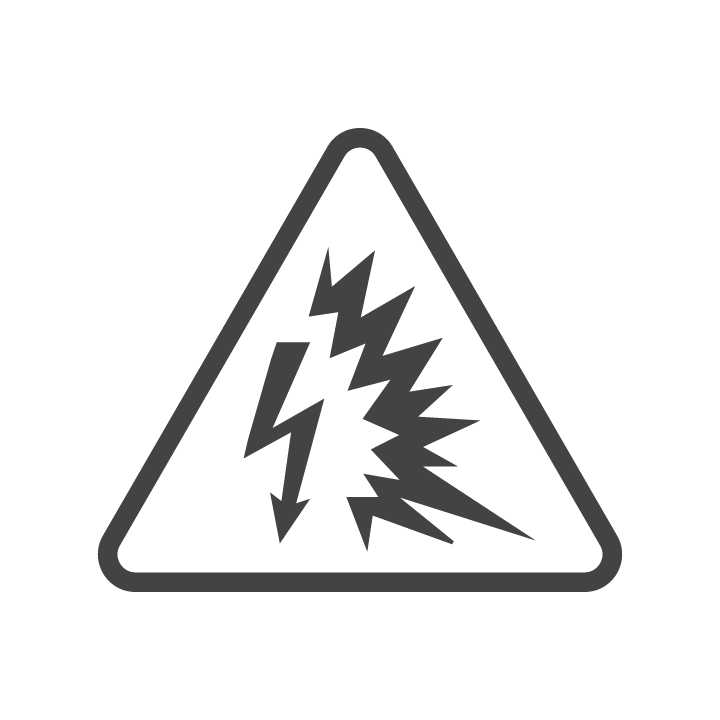NFPA 70E®
United States
Southeast Asia & India
Latin America
NFPA 70E® states requirements for safe work practices to protect personnel by reducing exposure to major electrical hazards. Originally developed at OSHA’s request, NFPA 70E helps companies and employees avoid workplace injuries and fatalities due to shock, electrocution, arc flash, and arc blast.
Learn more
ANSI 107
United States
Latin America
Southeast Asia & India
ANSI 107 provides a uniform, authoritative guide for the design, performance specifications, and use of high-visibility and reflective apparel including vests, jackets, bib/jumpsuit coveralls, trousers and harnesses. Garments that meet this standard can be worn 24 hours a day to provide users with a high level of conspicuity through the use of combined fluorescent and retroreflective materials.
Learn more
CSA Z96
CSA Z96 Defines requirements for occupational apparel that is: a) capable of signaling the users presence visually; and b) intended to provide the user with conspicuity in hazardous situations under any light conditions and under illumination by vehicle headlights.
Learn more
EN ISO 11612:2015
ISO 11612:2015 specifies performance requirements for protective clothing made from flexible materials, which are designed to protect the wearer’s body, except the hands, from heat and/or flame. For protection of the wearer’s head and feet, the only items of protective clothing falling within the scope of ISO 11612:2015 are gaiters, hoods, and overboots. However, concerning hoods, requirements for visors and respiratory equipment are not given. The performance requirements set out in ISO 11612:2015 are applicable to protective clothing which could be worn for a wide range of end uses, where there is a need for clothing with limited flame spread properties and where the user can be exposed to radiant or convective or contact heat or to molten metal splashes.
Learn more
IEC 61482-2
IEC 61482-1-2:2014 specifies procedures to test material and garments intended for use in heat and flame-resistant clothing for workers if there is an electric arc hazard. A directed and constrained electric arc in a test circuit is used to classify material and clothing in two defined arc protection classes.
Learn more
NESC
United States
Southeast Asia & India
Latin America
The NESC is revised every 5 years with the purpose of providing formal standards, safety-oriented work practices and practical guidance for the safeguarding of persons during the installation, operation, and maintenance of electrical/communication supply lines and equipment employed by utilities such as public or private electric supply companies, communications providers and railways. NESC rules contain the basic provisions, under specified conditions, that are considered necessary for the safeguarding of the public, utility workers (employees and contractors), and utility facilities.
Learn more
GB 12014
GB 12014 specifies the technical requirements, test methods, inspection rules, identification, etc. of static protective clothing. This standard applies to static protective clothing worn in places that may cause electric shock, fire and explosion hazards due to static electricity.
Learn more
CAN/ULC-s801-14
CAN/ULC-s801-14 applies to the construction, operation, maintenance and replacement of electric utility systems that are used to generate, transform, transmit, distribute or deliver electrical power or energy to consumer services or their equivalent, including: A Equipment located in easements, rights of way, or in other recognized agreements; B Equipment located on property owned or leased by the electric utility for the purpose of communication, metering and control of electrical power or energy; C Service drops or laterals, associated metering, and street lighting under the exclusive control of electric utilities; D Facilities used to generate electrical power or energy for electric utility systems; and E Voltage levels up to 800 kV a.c. line-to-line (L-L) and 600 kV d.c.
1.2 The purpose of this Standard is to provide safety performance requirements for electric utilities, workers and employers involved in work on or near electric generation, transmission and distribution systems.
1.3 If a difference of interpretation arises with respect to the application of this Standard, the decision of the employer or the employer’s representative shall be final. This decision shall not result in any worker performing work in a manner that is hazardous to the worker, fellow workers or the public.
Learn more




